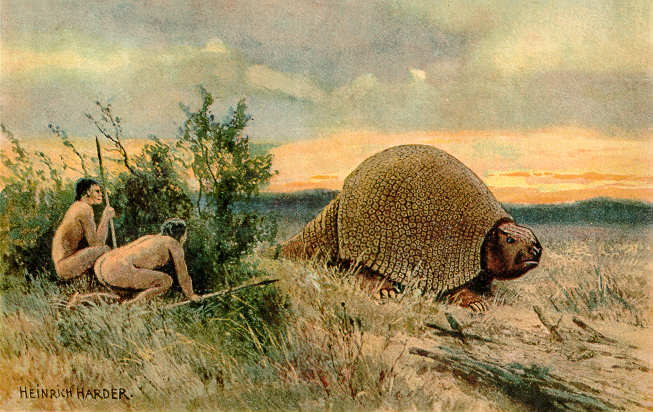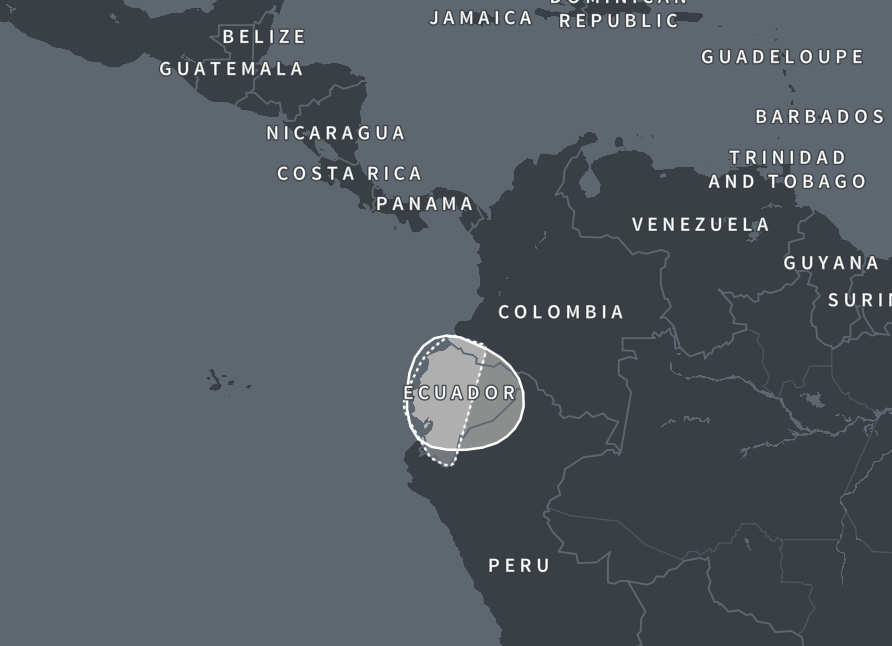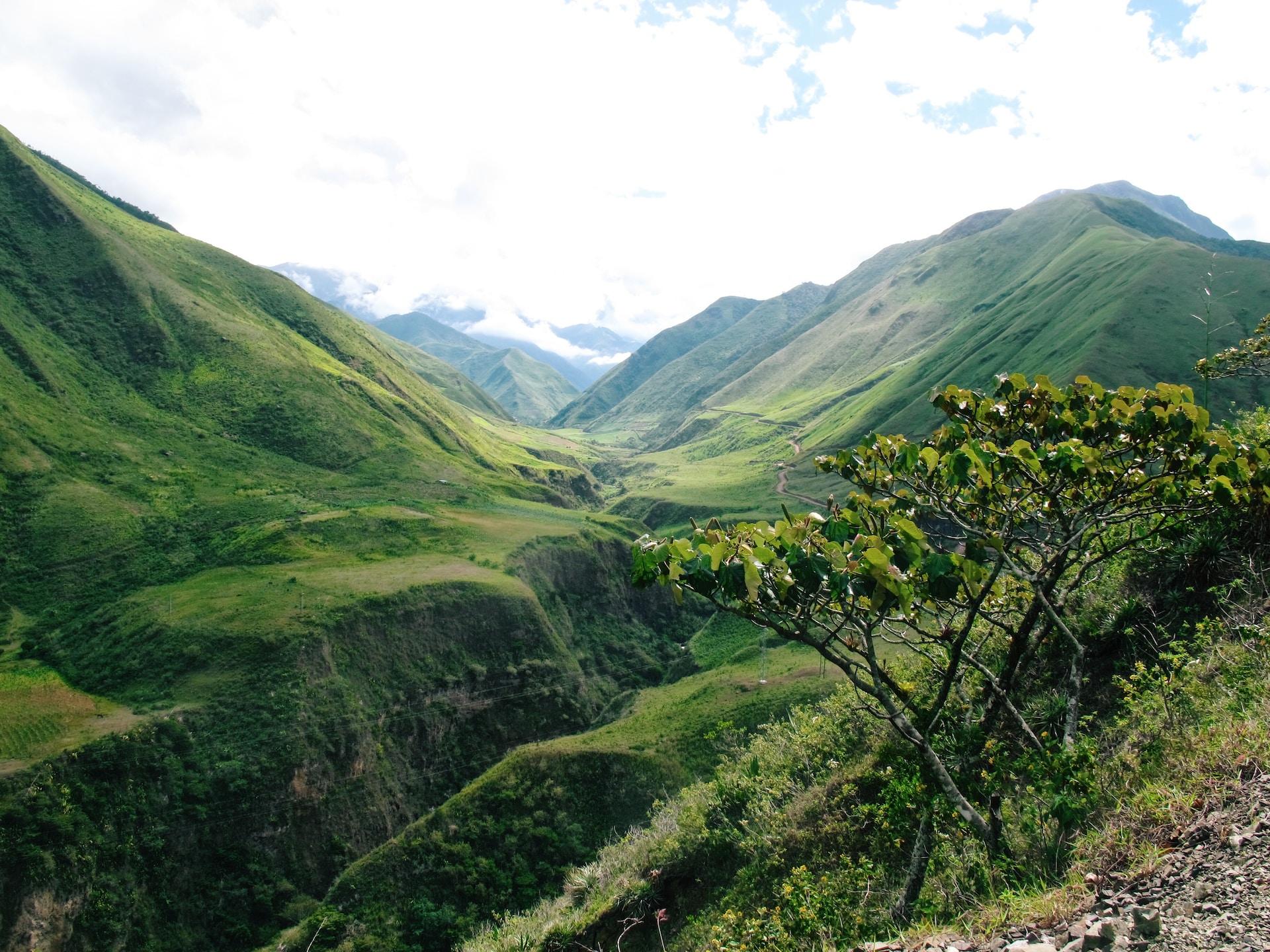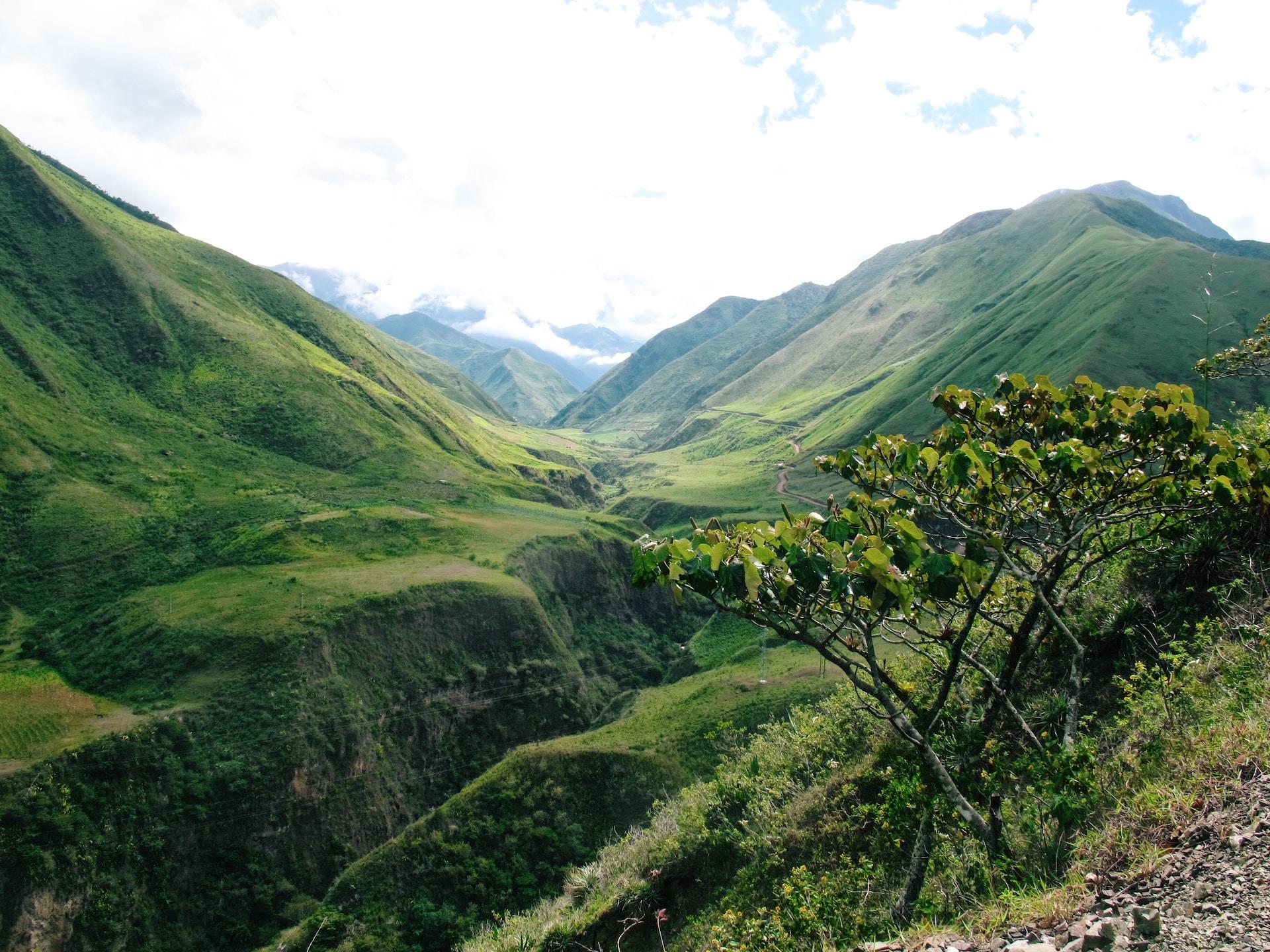What is Indigenous Americas-Ecuador DNA Ethnicity on Ancestry?
In this article we will be looking more closely at the Indigenous Americas Ecuador DNA region. We will look at where it is and who the indigenous people of that region were. So find out more about your DNA ancestors of this region read on.
History of Humans in the Americas
The Land Bridge:
Although there is no exact date for when humans first arrived in the Americas there are several prevailing theories. The most common one of course being the land bridge theory. During the last ice age between 19,000 – 8700 BC, sea levels were 100 feet below the modern-day. This was due to vast quantities of water being frozen in glacier form.
During that last ice age, the Bering sea as we know it today was actually a land bridge reaching all the way to Siberia. It is thought that around 14,000 years ago stone age hunters and gatherers followed game across this land bridge and became the first humans to settle within the Americas.
It is also believed that gradually these settlers then headed deeper into the Americas, traveling south in small groups. Due to the ongoing effects of the ice age these groups remained small because conditions were not conducive with large settlements or nomadic tribes.

Today's Indigenous peoples likely descend from a now-vanished ancient group known as the Paleo-Siberians. In DNA testing Indigenous Americas DNA has little in common with modern-day Siberians but in 2019 a 10,000 year old skeleton found in Siberia did show notable similarities to modern-day Native peoples in the Americas.
Traveling by Sea:
There exist several theories whereby early indigenous people of the Americas may have interacted and bred with oceanic explorers prior to the arrival of Columbus. In DNA tests taken of inhabitants of Rapa Nui (Easter Island), these people showed small sections of Native American DNA.
Easter Island is over 2000 miles away from the closest contact with the Americas which would be the coast of Chile. The DNA suggests that these Easter Islanders had a Native American Ancestor from around 1280 – 1495 A.D. It is therefore likely these seafaring Polynesians made the trip to the Americas and some may have stayed.
Recent archaeological evidence also indicates that Vikings were present in the United States around the 11th century A.D. It is reasonable to assume there would be a possibility that some may have settled and assimilated into local tribes.
Indigenous Americas Ecuador Region
The indigenous Americas Ecuador region as the name accurately suggests is centralized around the south western coastal nation of Ecuador in South America. The DNA of its population shows a common DNA type which is found throughout Ecuador and into parts of southern Columbia as well as northern Peru.

There are three sub-regions to the indigenous Americas Ecuador region which are:
- Central Ecuador
- Northern Ecuador
- Southern Ecuador
Indigenous Ecuador History
Evidence suggests that the earliest human inhabitants of the region we know today as Ecuador arrived near the end of the last Ice Age around 16,500 – 13,000 years ago. These first Paleo-Indians likely came south through North America and Central America although some evidence suggests some peoples may have arrived by boat from the Pacific Islands.
The peoples who settled along the coast were mainly survived by fishing and hunter-gather activities while those who made their home in the region's Andean mountains lived a more agricultural existence. Those settling in the Amazon basin tended to combine the two lifestyles.

A number of civilizations arose in the region including the Valdivia, Machalilla (coastal), Quitas (near modern day Quito) and Canari (near modern-day Cuenca). They were each unique in their architecture, pottery and religious beliefs.
The various tribes would war and cooperate with each other over the centuries but ultimately would build a strong confederation. This was so solid that when the Inca finally arrived in the region to try and expand their own influence it would take two generations of leaders before they achieved their goals.
When the Inca finally absorbed the Andean peoples of what we know today as Ecuador they made a point of deporting to Peru the more troublesome individuals who resisted them. By 1463 the Inca had full control of the region having placed loyal Incan subjects in charge of key areas.
Upon arriving in the coastal and the eastern Amazon regions of the countries they found both the environment and indigenous peoples to be more challenging. The people would use the thick forests to implement guerilla tactics to try and stave off the Inca.
These peoples were so resilient in fact that they not only resisted the Inca but later the Spanish as well. They were able to maintain their own culture and Identity well into the 21st century.
The Spanish
Once the Spanish began to arrive in the 1500s the influence of the Inca was soon squashed and replaced by European rule. With them they brought smallpox which decimated the indigenous population over the first few decades of Spanish rule. While the disease ran rampant the indigenous peoples were also being forced into the Spanish labor system.
How Did You Inherit Indigenous Americas Ecuador Region DNA?
It is important to note that due to the small number of original humans that likely crossed the land bridge and thousands of years of isolation, Indigenous DNA is very distinct. Over thousands of years it has changed enough however to pinpoint populations with common DNA such as the Indigenous Americas Ecuador region.

As mentioned many individuals from South and Central America may have some Indigenous DNA based on intermarriage between early Spanish settlers and the local native groups.
Depending on how high your percentage of Indigenous Americas Ecuador DNA is, its origins can vary. If you have a high percentage you may have a recent ancestor who was almost 100% Indigenous. Often if this is the case you would likely have some idea of who this was.
In the case of lower percentages of Native DNA, it might be an indication of a more distant unknown indigenous ancestor. In order to discover this connection, you may have to do some deep research to try and pinpoint at what point that DNA entered your family tree.
Final Thoughts
Ecuador is a country which has a history of several distinct ancient peoples that lived within specific geographic regions of this varied nation. There were peoples of the mountains, the Amazon Basin and the coastal regions. All of these groups grew to be strong civilizations.
In the 15 century the Inca would arrive and take control of mountainous regions and make some small roads in the Amazon Basin and coastal areas. This would be repeated again by the Spanish roughly a century later.
Both changes of power from mightier nations will have impacted the DNA of this region but at its heart it is the DNA of the earliest peoples that differentiate the Indigenous Americas Ecuador region from other regions both taken over by the Inca and Spanish respectively.
Link To or Reference This Page
We spent a lot of time downloading, cleaning, merging, and formatting the data that is shown on the site.
If you found the data or information on this page useful in your research, please use the tool below to properly cite or reference Name Census as the source. We appreciate your support!
-
<a href="https://namecensus.com/blog/what-is-indigenous-americas-ecuador-dna-ethnicity-on-ancestry/">What is Indigenous Americas-Ecuador DNA Ethnicity on Ancestry?</a>
-
"What is Indigenous Americas-Ecuador DNA Ethnicity on Ancestry?". NameCensus.com. Accessed on May 2, 2024. https://namecensus.com/blog/what-is-indigenous-americas-ecuador-dna-ethnicity-on-ancestry/.
-
"What is Indigenous Americas-Ecuador DNA Ethnicity on Ancestry?". NameCensus.com, https://namecensus.com/blog/what-is-indigenous-americas-ecuador-dna-ethnicity-on-ancestry/. Accessed 2 May, 2024
-
What is Indigenous Americas-Ecuador DNA Ethnicity on Ancestry?. NameCensus.com. Retrieved from https://namecensus.com/blog/what-is-indigenous-americas-ecuador-dna-ethnicity-on-ancestry/.
